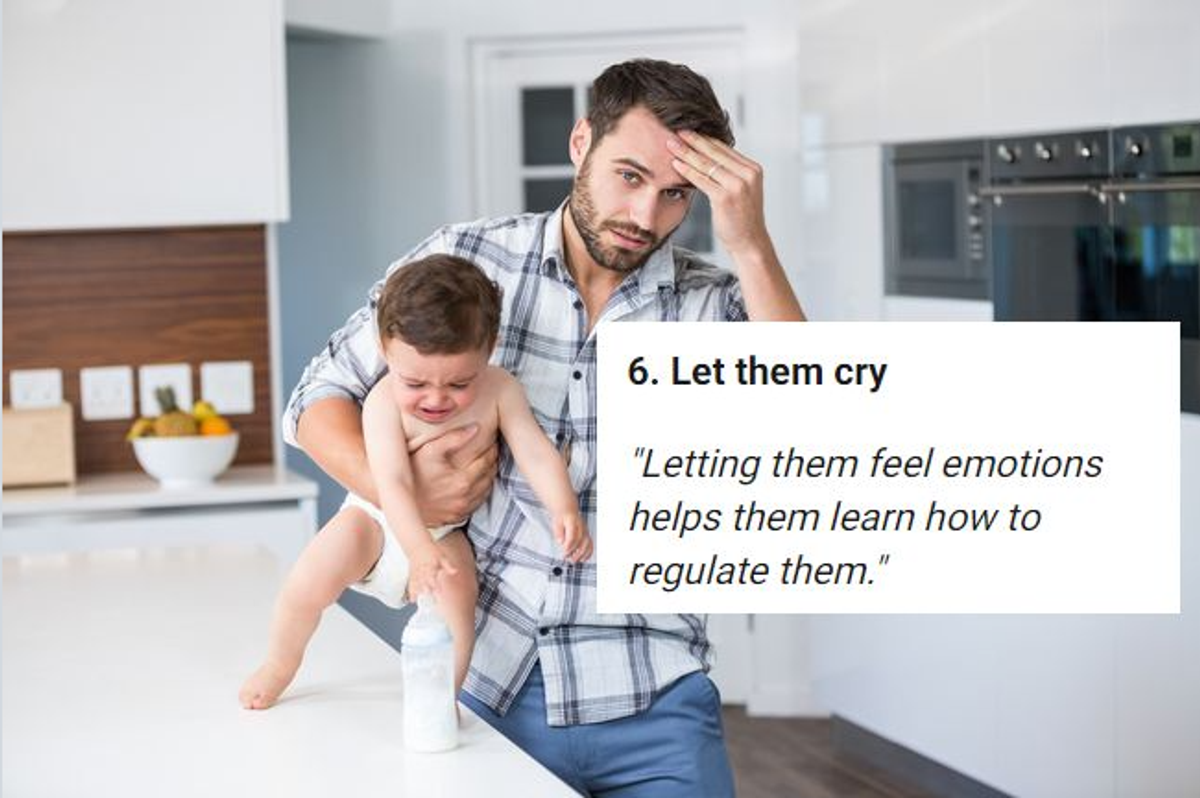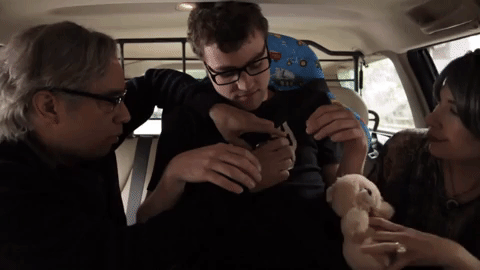13 ‘old-school’ parenting ideas some folks call 'bad' but they’re just what our kids need
Helicopter parents aren't going to like this advice.

A dad has had it with his crying son.
There are as many different parenting styles as there are children. But in 2024, there is a conflict between newer, softer parenting styles and older, tough-love approaches. Softer parenting styles that have come into favor in recent years tend to encourage emotional intelligence, gentle discipline, and open communication.
On the other hand, older, tough-love parenting encourages risk-taking, natural consequences and discipline. One of the most controversial parenting styles that has emerged over the last generation or two is helicopter parenting. In this style, parents closely monitor and control most aspects of the child’s life. While it’s done out of an abundance of concern, it can also limit the child's independence.
A Redditor named NumanLover asked parents to share their parenting strategies that may be considered” bad” by today’s helicopter parents. They received over 1,300 responses. Many resisted the idea that parents should control their children's lives and shared strategies that encouraged independence and perseverance. The “bad” parenting ideas urged parents to let their children grow in confidence by spending time alone and unsupervised.
They also reminded parents that it’s OK to ignore a tantrum, even if it is in a packed restaurant.
Here are 13 of the best answers to: What is considered bad parenting but it's actually good parenting?
1. Giving your kids space
"Giving your kids enough space to fail and then try to figure it out on their own. I see a lot of parents solving their children’s problems without giving them a chance to find their own solution."
"Consequences are the best teachers for some lessons. Barring significant issues, if you don't do your schoolwork or hand it in late you get lower grades. If you show up late to work too many times you may get reamed out by your boss and fired. If you decide to say something careless and cruel you may lose a friendship and the respect of others. Support them through it so they can learn and improve, yes. Shelter them and try to get them out of it, no."
2. Let them be alone
"Leaving your kids alone for age-appropriate periods of time. At some point, kids have to learn to entertain themselves or to be responsible for their own meals, depending on how old they are. Which is why the key part of that statement was 'age-appropriate.' And I suppose it depends on how safe your neighbourhood is, too."
"A lot of parents are too helicopter-y today. I also went where I wanted as a kid as long as I came back when I was supposed to. I think it’s social media getting into parents head with anxieties about what could happen."
4. Allow them to experience conflict
"Letting them feel emotions helps them learn how to regulate them."
11. You aren't your child's friend
13. Spanking your child is wrong
"A bunch of people justifying physically abusing children under the guise of 'discipline'"
This article originally appeared in September- This mom's tweet thread about playground racism went viral because parents need to hear it. ›
- 'Broke mom' gives the 'holiday gift guide' that everyone struggling needs to hear ›
- It is not our job to protect children from pain, it's our job to guide them through it ›
- Mom shares a really unique 'anxiety attack' approach for dealing with toddler tantrums - Upworthy ›
- Researcher says parents who have strong relationships with their adult children do 7 things - Upworthy ›
- 20 parents open up on how theirs made them feel loved and seen - Upworthy ›
- Studies show non-parents are happier than parents unless 1 of these 3 things are true - Upworthy ›
- 5 ways old-school parents decompressed before cell phones and Netflix - Upworthy ›
- Child psychologist reveals the 6 'magic phrases' that make kids listen to their parents - Upworthy ›
- Dolphin parenting is a firm yet flexible parenting style - Upworthy ›






